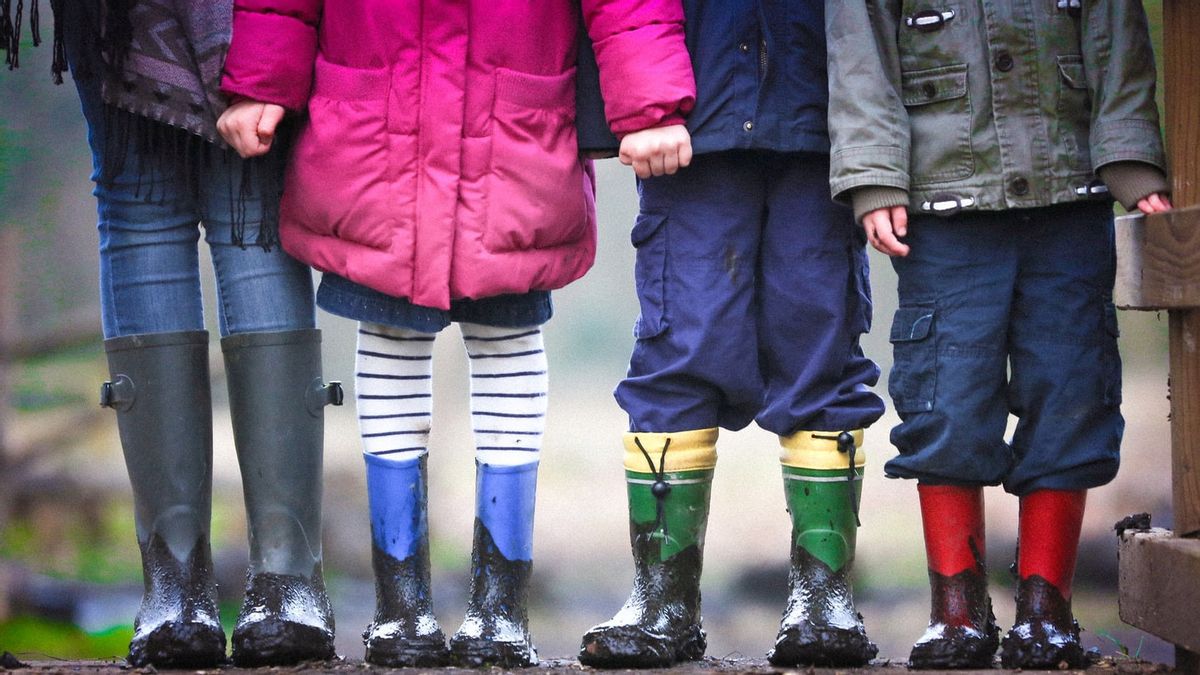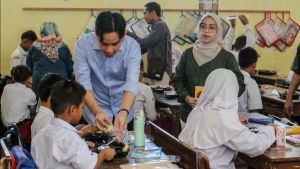JAKARTA - The Ministry of Health (Kemenkes) has estimated that the number of children under five who are very thin according to height (wasting) will increase by 15 percent or by 7 million children due to the COVID-19 pandemic.
"We estimate that after the pandemic, after two years with conditions in a pandemic, there will be an increase in wasting of 15 percent or seven million children," said Secretary of the Directorate General of Public Health of the Ministry of Health, Siti Nadia Tarmizi in the workshop "Analyzing Stunting Trends and Systematic Problems of Malnutrition" reported by ANTARA, Thursday, August 4.
Based on data from the Ministry of Health through the Indonesian Nutrition Status Study (SSGI) in 2021, the number of wasting children nationally did show a downward trend to 7.1 percent from the previous 7.4 percent in 2019.
However, the data also shows that the number of children who are underweight will increase by 17 percent in 2021. An increase from 2019 which reached 16.3 percent. So it is feared that it can trigger an increase in wasting incidents.
There are also five provinces that have the highest prevalence of wasted toddlers and are included in the monitoring of the Ministry of Health, namely Maluku 12 percent, West Papua 10.8 percent, Aceh 10.7 percent, North Maluku 10.6 percent and South Kalimantan 10.3 percent when looking at SSGI data. 2021.
According to Nadia, the increase in nutritional problems in children is influenced by the impact of COVID-19 on families in the form of reduced income, loss of work, the factor of working from home to the impact of the informal sector due to disruption of the flow of information, production and the economy.
Nadia added that the Ministry of Health continues to prevent this prediction from happening by strengthening health services through the six pillars of transformation in the health service sector, especially in primary services.
Strengthening is carried out in the life cycle as a focus for integrating health services, bringing health services closer through networks to the village and hamlet levels, including strengthening promotional education and resilience to the COVID-19 pandemic.
The Ministry of Health also strengthens local area monitoring (PWS) through monitoring the health situation dashboard per village.
Nadia stated that health services will continue to be improved. However, the Ministry of Health will also continue to improve the data in the SSGI in accordance with audits carried out in the field, so that the actual number can be known after the compilation is complete.
"It is estimated that there were seven million children with wasting conditions. But we will wait for the results of the SSGI that we did this year," said Nadia.
The English, Chinese, Japanese, Arabic, and French versions are automatically generated by the AI. So there may still be inaccuracies in translating, please always see Indonesian as our main language. (system supported by DigitalSiber.id)













